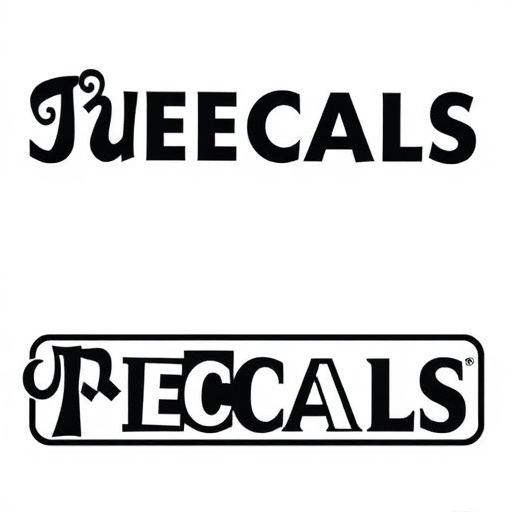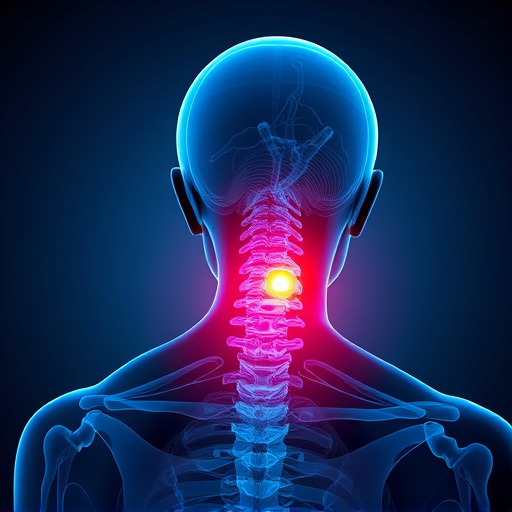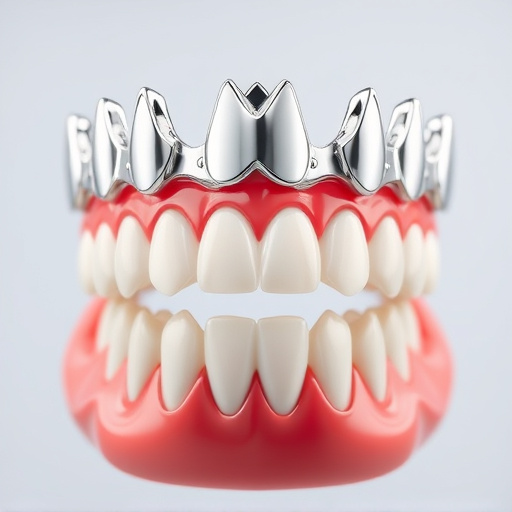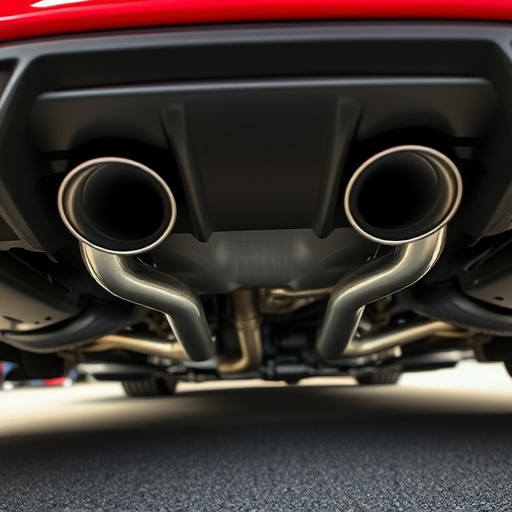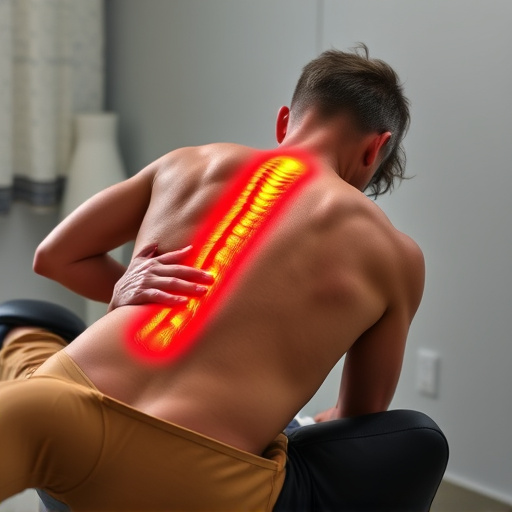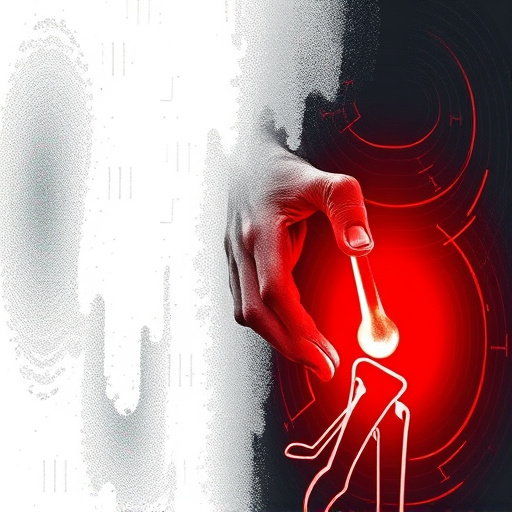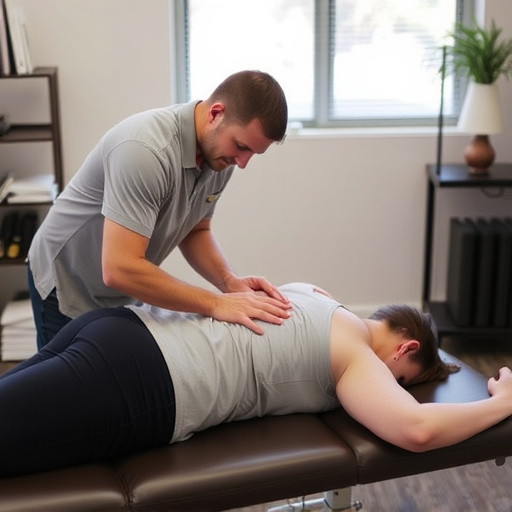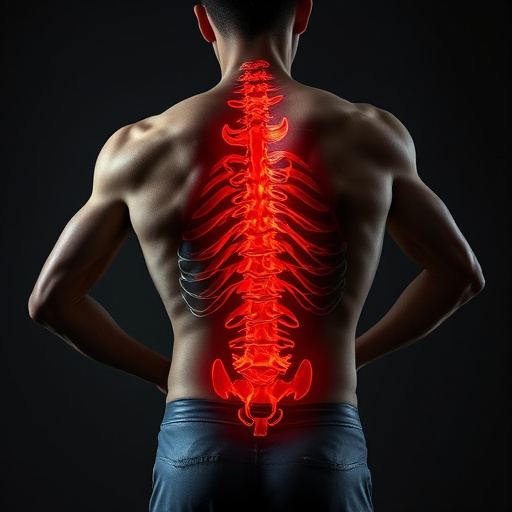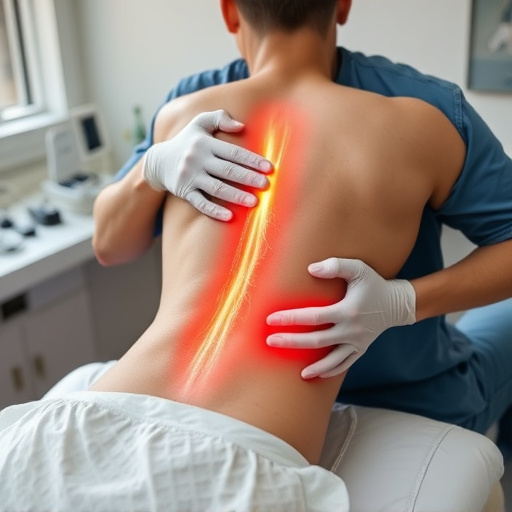Acoustic Wave Therapy (AWT) is a non-invasive treatment that targets tissue regeneration at a cellular level, offering hope for chronic pain and soft tissue injuries, including CRPS, tendinopathies, and neck pain. It enhances healing through improved microcirculation, reduced inflammation, and promoted tissue repair. AWT's minimal side effects make it an attractive alternative to medications or surgeries, positioning it as a promising tool for accelerated recovery and improved quality of life.
“Discover the potential of Acoustic Wave Therapy (AWT) as a non-invasive approach to chronic injury treatment. This innovative technique has gained traction in the medical field, offering hope for prolonged pain relief and accelerated healing. In this article, we explore AWT’s underlying principles and its effectiveness in managing persistent conditions. We’ll delve into specific indications, long-term benefits, and considerations, guiding readers through the decision-making process for this cutting-edge therapy.”
- Understanding Acoustic Wave Therapy for Chronic Pain
- Indications: When is it Most Effective?
- Benefits and Considerations for Long-Term Healing
Understanding Acoustic Wave Therapy for Chronic Pain
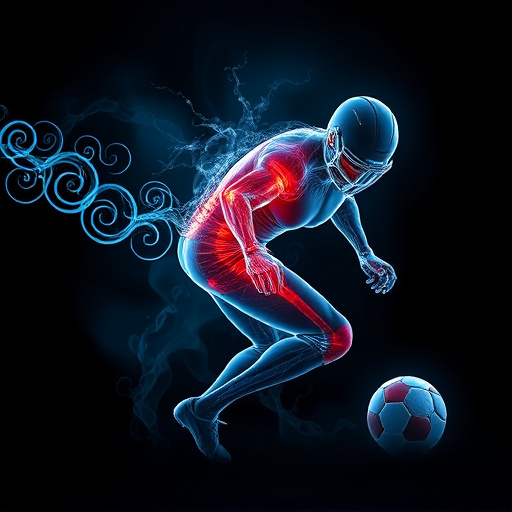
Acoustic Wave Therapy (AWT) is a non-invasive treatment modality that utilizes low-intensity sound waves to alleviate chronic pain and promote healing in soft tissue injuries. Unlike traditional methods that often focus on masking symptoms, AWT targets the underlying causes of pain by stimulating cellular repair processes. This innovative approach has gained traction in post-injury care, particularly for conditions like whiplash where conventional treatments may have limited effectiveness.
By delivering acoustic waves directly to affected areas, AWT can modulate pain signals, reduce inflammation, and enhance tissue regeneration. The gentle nature of the treatment makes it an appealing option for patients seeking alternative solutions without the side effects associated with some medications or surgical interventions. As research continues to explore its potential, AWT emerges as a promising tool in managing chronic pain conditions, offering hope for improved quality of life and accelerated recovery in post-injury care regimens.
Indications: When is it Most Effective?

Acoustic wave therapy (AWT) has gained attention as a promising treatment option for chronic injuries, particularly when other conventional methods have shown limited success. The effectiveness of AWT lies in its ability to stimulate tissue repair and promote healing in various conditions. It is most beneficial for individuals with musculoskeletal injuries that have not responded well to traditional rehabilitative approaches.
Indications include complex regional pain syndrome (CRPS), tendinopathies, muscle spasms, and chronic joint pain. AWT can enhance the body’s natural healing process by increasing microcirculation, reducing inflammation, and promoting tissue regeneration. Unlike some therapeutic exercises or functional rehabilitation techniques, AWT offers a non-invasive approach with minimal side effects, making it an appealing choice for those seeking alternative treatments for persistent injuries.
Benefits and Considerations for Long-Term Healing
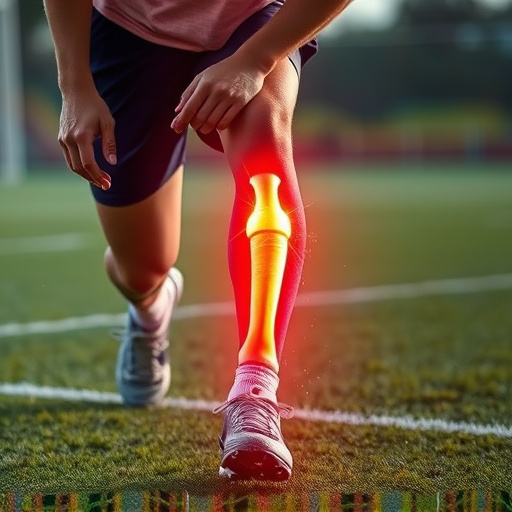
Acoustic wave therapy (AWT) offers a promising approach to long-term healing for chronic injuries, particularly in areas like neck pain treatment. Unlike traditional methods that often focus on symptomatic relief, AWT targets tissue regeneration and repair at a cellular level. This non-invasive technique utilizes high-energy acoustic waves to stimulate the body’s natural healing processes, promoting the growth of new, healthy tissue while reducing scar tissue formation.
When considering AWT for pain management, it’s essential to recognize its versatility in addressing various chronic conditions. While it has shown success in treating sports injuries and tendinitis, its benefits extend to neurological disorders and circulatory issues as well. However, like any treatment method, there are considerations. The effectiveness of AWT can depend on the stage of injury healing and individual patient factors. Therefore, combining AWT with chiropractic care or other complementary therapies might be beneficial for optimal results in managing neck pain or similar chronic injuries.
Acoustic wave therapy presents a promising, non-invasive approach to managing chronic injuries, offering targeted healing and pain relief. Its effectiveness is particularly evident in conditions like tendinopathy, fasciitis, and certain joint pains. While it may not be suitable for every case, acoustic wave therapy’s ability to stimulate tissue repair and reduce inflammation makes it a valuable option for long-term pain management. Always consult with healthcare professionals who can determine if acoustic wave therapy aligns with your specific needs and recovery goals.
